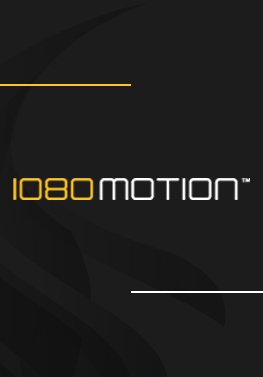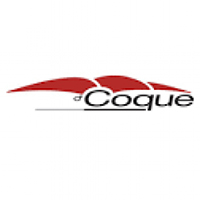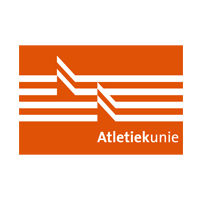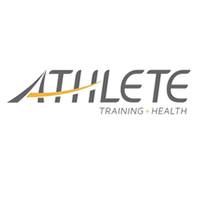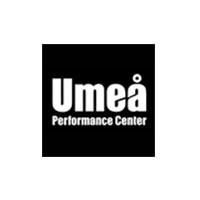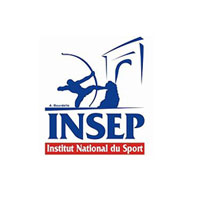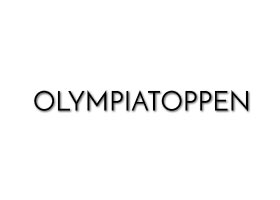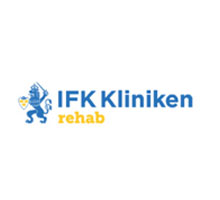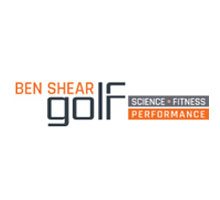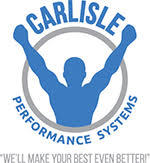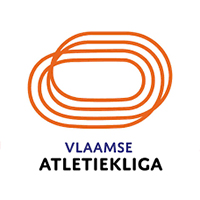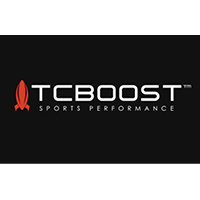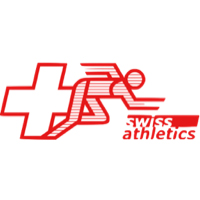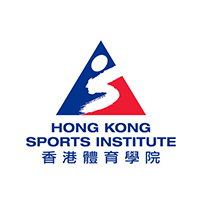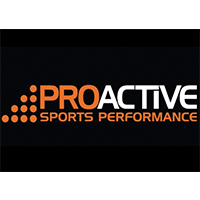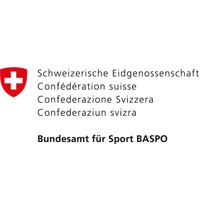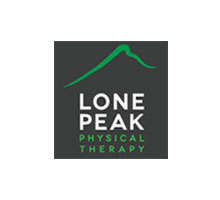The ability to create horizontal force in the acceleration phase of sprinting is important in both track and field as well as field sports. The purpose of this study was to analyze kinetic (force) and kinematic (movement/technical) variables in the acceleration phase in normal and resisted (sled) sprinting with waist and shoulder point of force application. The results showed that the net horizontal mean force, net horizontal impulse, propulsive mean force and propulsive impulses were greater in resisted than normal sprinting, which is not surprising. However, the waist condition had a greater net horizontal impulse. Furthermore, there were kinematic differences between normal and resisted, which is also be expected. Greater hip, knee and ankle flexion were observed in the resisted sprinting. Furthermore, the shoulder attachment had greater impact on knee and trunk kinematics than the waist attachment. In conclusion it seem that the waist attachment seems to be the best attachment for training the acceleration phase of sprinting.
1080 Motion comment: It is important to be aware of kinetic and kinematic difference as a result of point of force application in resisted sprinting. Regardless of point of force application the net horizontal force and impulse is greater in resisted in comparison to normal sprinting. This positive since we know that the faster sprinters have a better ability to create a horizontal forces during ground contact (Morin, 2012). What is important is that the waist attachment had a greater horizontal force impulse than the shoulder attachment without a difference in ground contact time. This indicates that the waist condition might be better suited for resisted sprinting in the acceleration phase.
Furthermore, there are kinematic differences when comparing waist and shoulder points of force application. Coaches should especially consider the kinematics of the trunk. There does not seem to be a difference in foreward trunk lean when comparing shoulder to waist point of force application. This is something that has been thought to be the case. However, there are less trunk movement with the shoulder attachment. In addition there are differences in kinematics with greater hip, knee and ankle flexion in resisted sprinting, with only a minimally greater knee flexion in the shoulder attachment compared to the waist attachment. In summary, be aware of differences in kinetics and kinematics between normal and resisted sprinting and also where the load is attached in resisted sprinting has an impact on both kinetics and kinematics.
